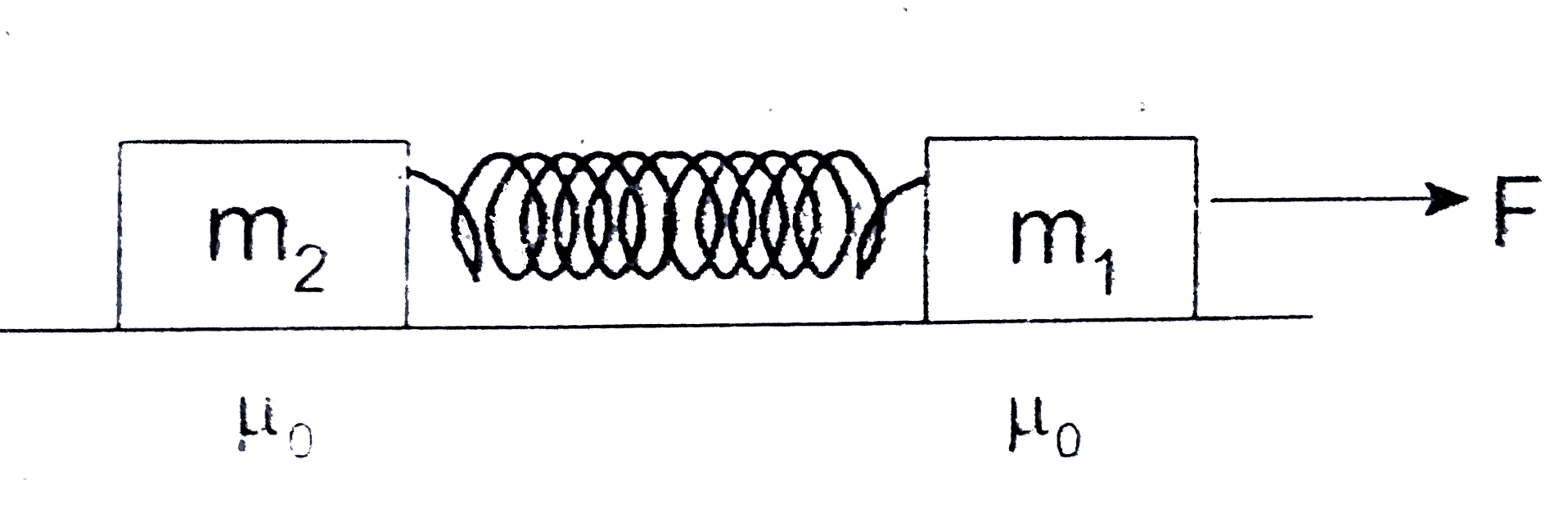In the previous question , find minimum value of K so that all types of collisions are piossible.
For all three type of collisions , in set (1) and (2) .
4K5=48.36eV⇒K=60.45eV
Topper's Solved these Questions
- ATOMIC PHYSICSBOOK - CENGAGE PHYSICS ENGLISHCHAPTER - ATOMIC PHYSICSEXERCISE - Solved Examples
23 Videos
- ATOMIC PHYSICSBOOK - CENGAGE PHYSICS ENGLISHCHAPTER - ATOMIC PHYSICSEXERCISE - Exercise 4.1
15 Videos
- ALTERNATING CURRENTBOOK - CENGAGE PHYSICS ENGLISHCHAPTER - ALTERNATING CURRENTEXERCISE - Single Correct
10 Videos
- CAPACITOR AND CAPACITANCEBOOK - CENGAGE PHYSICS ENGLISHCHAPTER - CAPACITOR AND CAPACITANCEEXERCISE - Integer
5 Videos
Similar Questions
In the previous question, find maximum velocity and maximum acceleration.
View SolutionIn a previous question pressure will be minimum at point -
View SolutionA He+ ion is at rest and is in ground state. A necutron with intial kinetic energyK collides heads on with the He+ ion. Find minimum value of K so that there can be an inelastic collision between these two particals.

View SolutionIn the previous question, minimum possible error in area measurement can be.
View SolutionIn the previous quiestion the minimum force F required so that block A will slip on block B is:
View Solutionfind minimum value of F such that m2 starts its motion on the ground

View SolutionIf x is real, find the minimum value of x2−8x+17
View SolutionThree masses A, B and C are kept on a smooth horizontal surface as shown in the fiugre. A sharp impulse is given to the mass A, so that it starts moving towards B with speed v0. What is the minimum value of m so that there is only one collision between masses A and B (all collisions are elastic)

View SolutionIn the figure shown, μ1>μ2. Find minimum value of i so that TIR never takes place at P.

View SolutionRefers to question 7, maximum value of Z+minimum value of Z is equal to
View Solution
